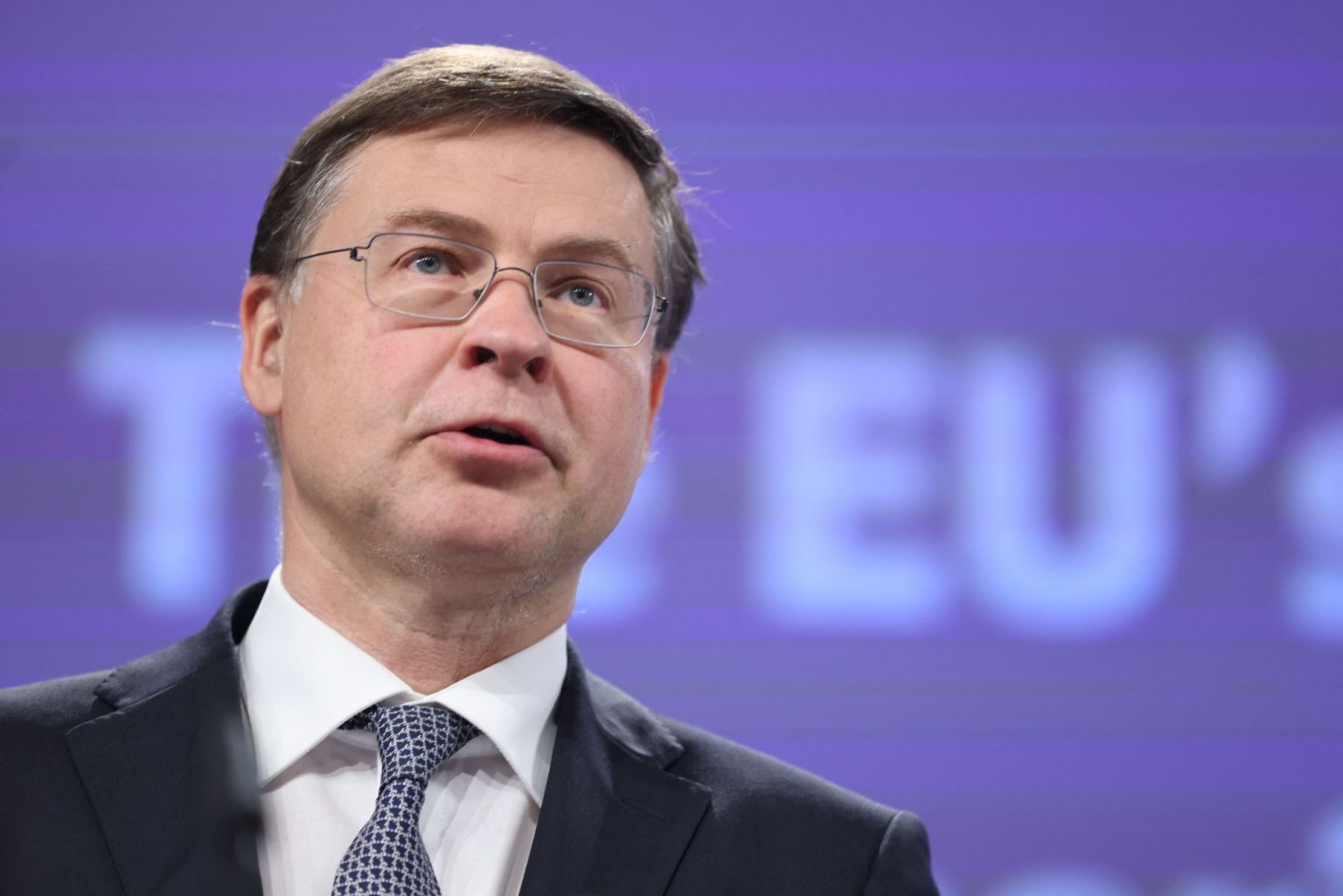The Group of Seven (G7) countries are considering using frozen Russian assets as collateral to provide loans to Ukraine, according to a report by Reuters on April 18. Around $300 billion in Russian assets were frozen by Ukraine’s Western partners and other allies at the beginning of the full-scale invasion in 2022. Despite calls to use these assets to assist Kyiv, no clear plan has been finalized yet. European Commission Executive Vice President Valdis Dombrovskis mentioned that several options are on the table, with talks still ongoing. The plan is likely to involve collateralizing the assets rather than confiscating them, and the EU aims to approve a measure to use profits generated by the frozen assets to support Ukraine in the coming months.
The majority of the frozen Russian assets are held at the Belgium-based financial services company Euroclear. A proposal presented by the European Commission in March suggested using 90% of the profits to purchase weapons for Kyiv, but some militarily neutral members prefer to allocate the funds towards Ukraine’s reconstruction. During an April 17 meeting in Washington, G7 finance ministers failed to reach an agreement on how to proceed with the frozen assets, but committed to exploring options ahead of the June summit in Italy. The G7 statement reiterated the group’s determination to ensure that Russia pays for the damage caused to Ukraine and to utilize the frozen Russian assets to support Ukraine within the boundaries of international law and respective legal systems.
As Russia’s war against Ukraine persists, it has become evident that the international community must take decisive action to support the Ukrainian people and their allies. Nearly two years after the full-scale invasion, the Group of Seven countries are discussing the possibility of using frozen Russian assets as collateral to provide financial assistance to Ukraine. By leveraging these assets, the G7 aims to ensure that Russia pays for the damage it has inflicted on Ukraine while also supporting the country in its recovery efforts. Despite challenges and differing opinions within the group, there is a shared commitment to finding ways to utilize the assets in compliance with international law and respective legal systems.
The European Commission’s proposal to use profits generated from the frozen Russian assets to fund Ukraine’s defense efforts faced pushback from some G7 members who prefer to allocate the funds towards reconstruction. This disagreement highlights the complexities involved in deciding how to best utilize the frozen assets to support Ukraine. The G7 finance ministers’ failure to reach an agreement during their recent meeting underscores the need for further discussions and collaboration to determine the most effective approach. While challenges remain, the G7 leaders are committed to working towards a solution that will benefit Ukraine and hold Russia accountable for its actions.
The implementation of a plan to collateralize frozen Russian assets for loans to Ukraine is a significant step towards supporting the country in its ongoing conflict with Russia. By leveraging these assets, the G7 countries can provide financial assistance to Ukraine while also holding Russia accountable for its aggression. The plan reflects a united effort by the international community to stand with Ukraine and address the challenges posed by Russia’s actions. Moving forward, continued dialogue and cooperation will be essential to finalize a strategy that effectively utilizes the frozen assets to support Ukraine’s defense and reconstruction efforts. Additionally, ensuring that the process is conducted within the bounds of international law and legal frameworks will be crucial for the success of this initiative.


